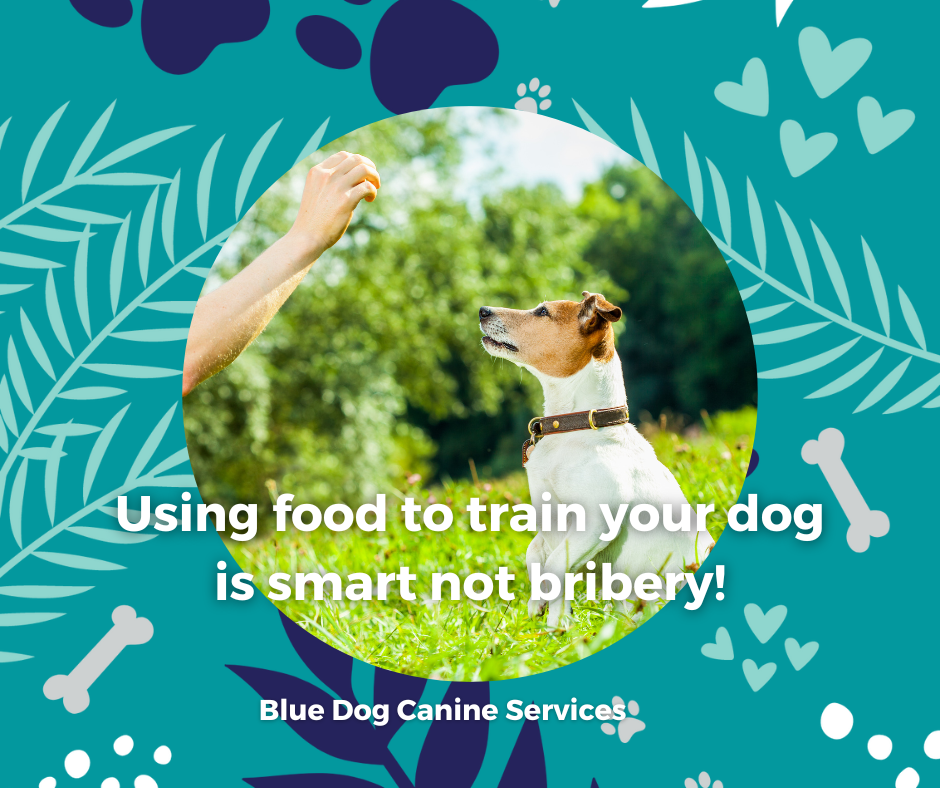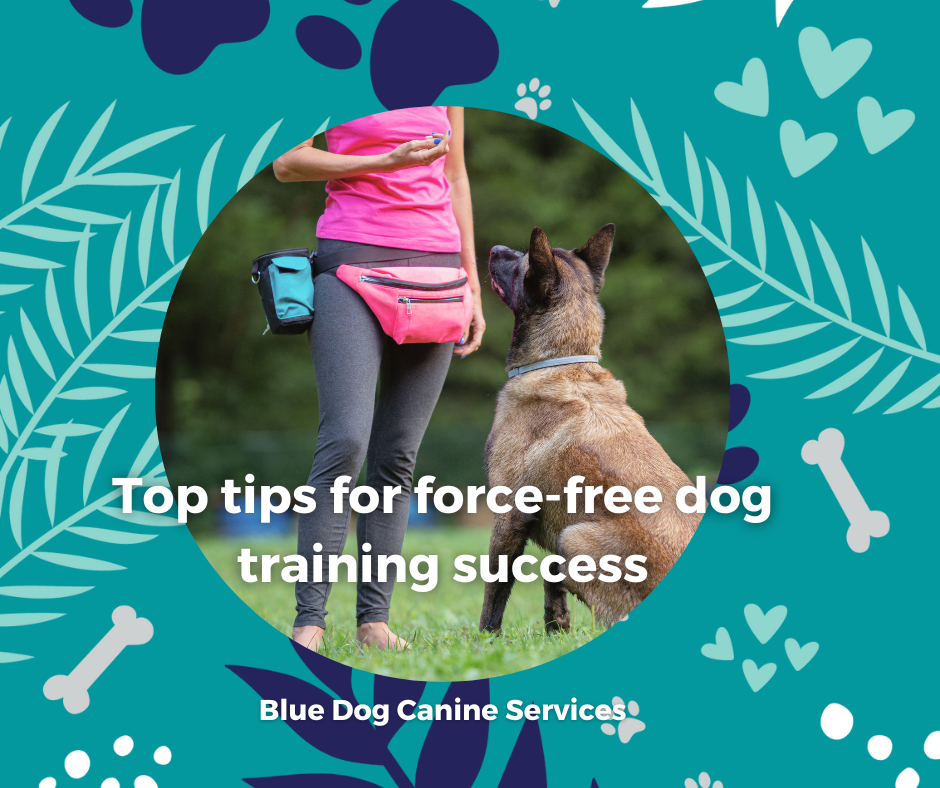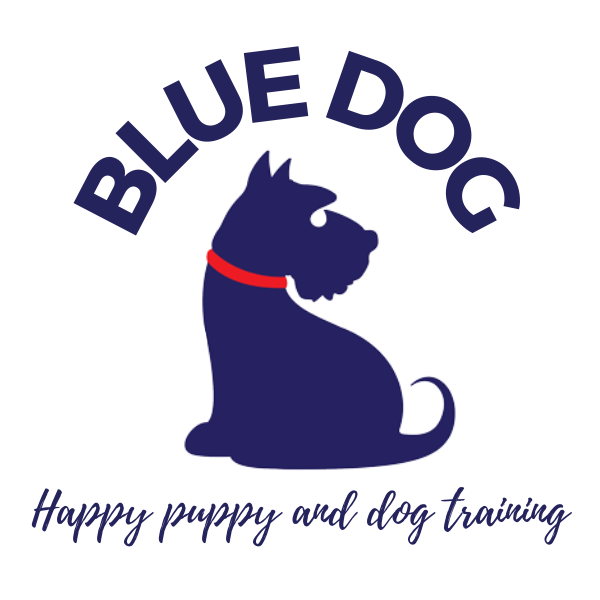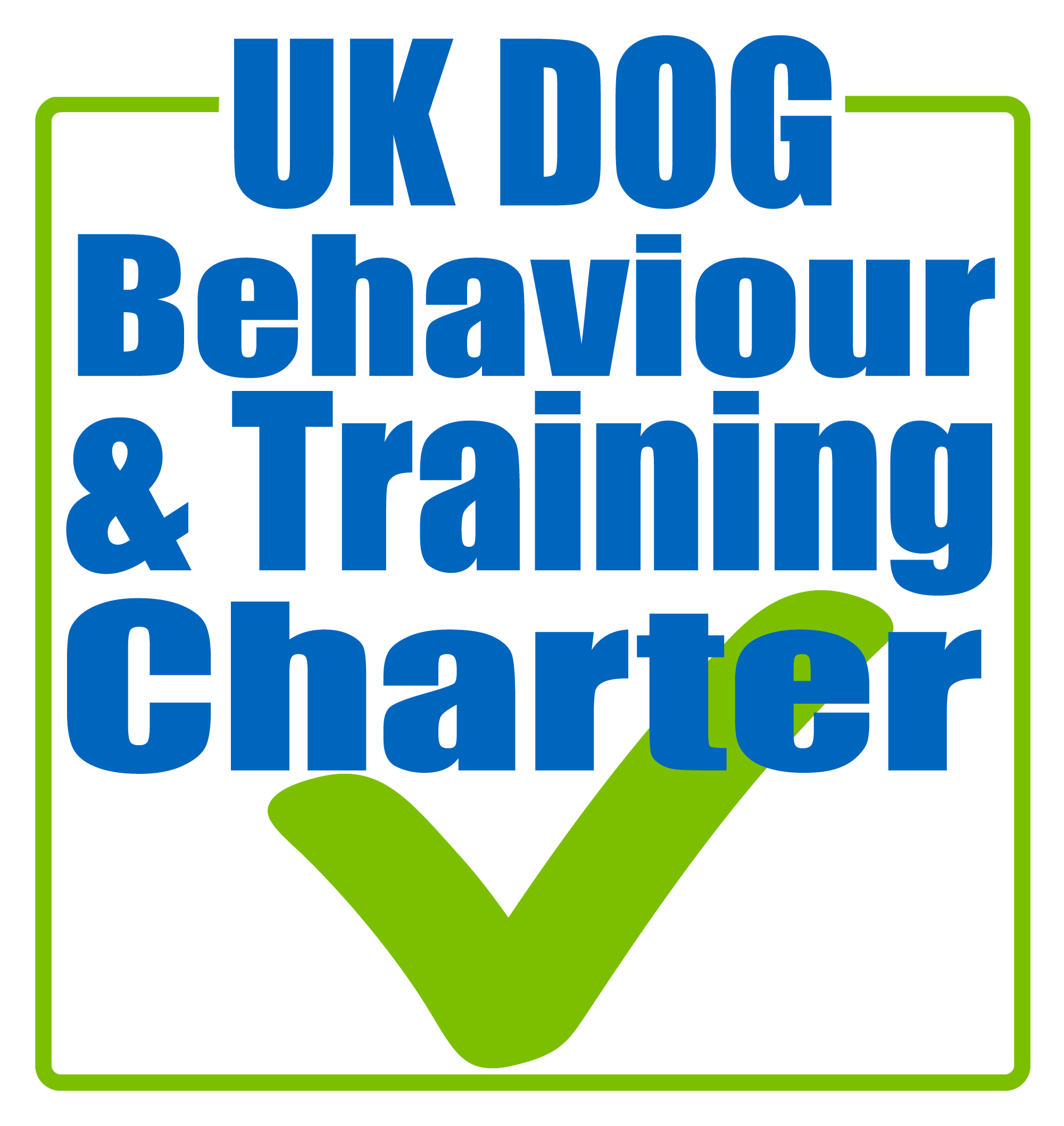Using food to train your puppy or a dog is kind, ethical and works! It capitalises on their natural motivation, making learning faster and more enjoyable.

Positive reinforcement not only accelerates the learning process but also strengthens the bond between you and your dog, creating a positive and rewarding training experience for you both.
Food changes a dog's brain chemistry
When a dog eats, particularly something they enjoy, it activates the reward centres in their brain. This is due to the release of dopamine, a neurotransmitter associated with pleasure and reward.
This is why food is an excellent tool for reward based dog training. It creates a pleasurable association with the behaviour being taught.
Here are other reasons I promote using food as a reward to train a puppy or dog:
1. Positive reinforcement
Food is a powerful motivator for most dogs. When your dog knows that a behaviour such as sitting, waiting, or coming when called results in a tasty treat, they're more likely to respond to the cues consistently.
2. Builds a strong bond
Training with food can strengthen the bond between your dog and you. Reward based training helps your dog view you as a source of positive experiences and pawsome stuff!
3. Quick learning
Dogs learn quickly when food is involved. Food is an immediate and tangible reward, which helps your understand the connection between their actions and the positive outcomes faster than other rewards. Using food is particularly useful when training a new behaviour as you can practise lots of reps in a short space of time.
4. Versatility in training
Food can be used to train a wide range of behaviours, from basic cues to more complex tricks. It can also be used in various settings, making it a versatile option for rewarding good behaviour at home, and when out and about.
5. Support with socialisation
Food can help a puppy or dog make positive associations with new environments, people, and other animals. This can be particularly useful for shy or anxious dogs, by helping them to feel more comfortable and confident.
6. Effective for training dogs of all ages
Whether you’re training a young puppy or an older dog, treats can be used to teach new skills and reinforce existing ones.
3 Tips for using food in dog training
- Choose healthy treats: look for small healthy, nutritious treats to avoid overfeeding.
- Use their normal meal: if you feed kibble you can use their normal allowance as a food reward.
- Gradually reduce the number of 'treats': as your dog starts to master the behaviour you are training you can reduce the frequency of treats and replace with praise, play and other things your dog loves!
Read my blog post 'How to train your dog – 6 top tips for success' for more training support and information.

Don't forget to subscribe to The Happy Pack for your four fab training and enrichment downloads.










